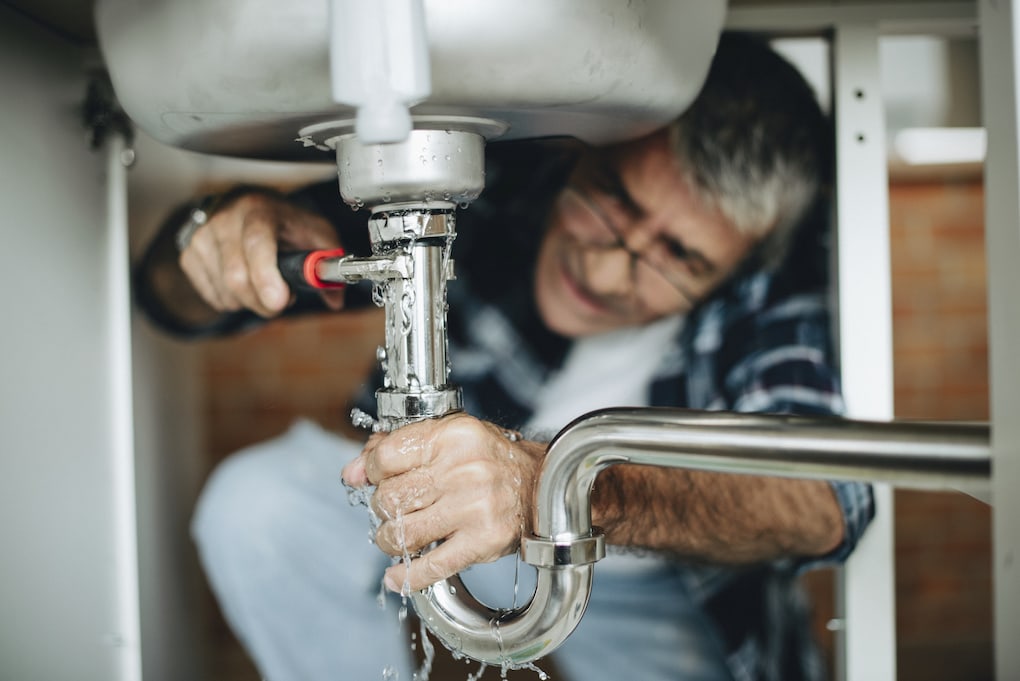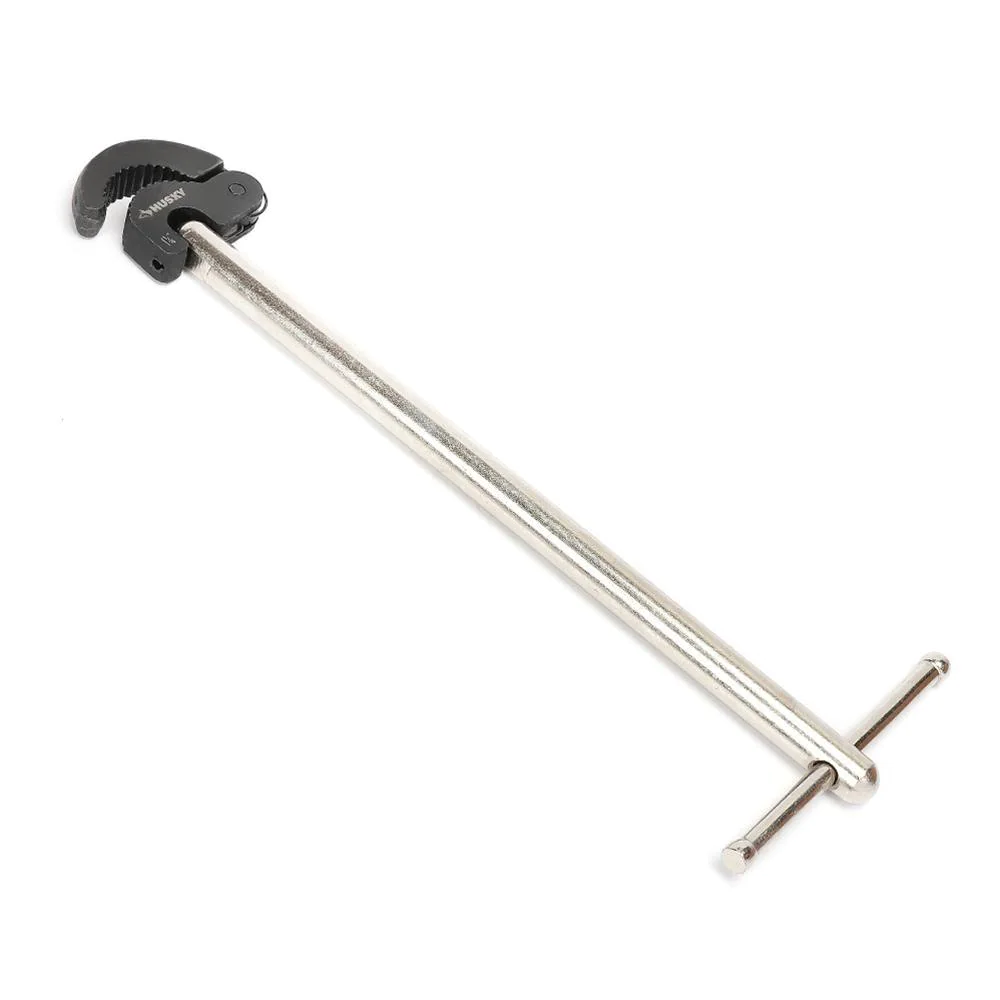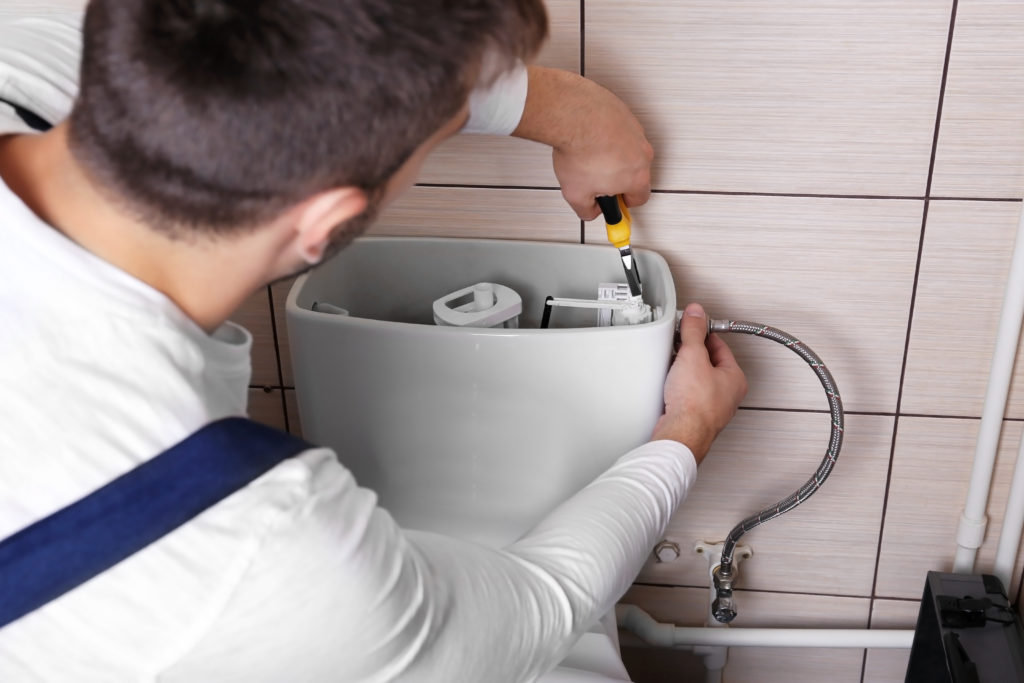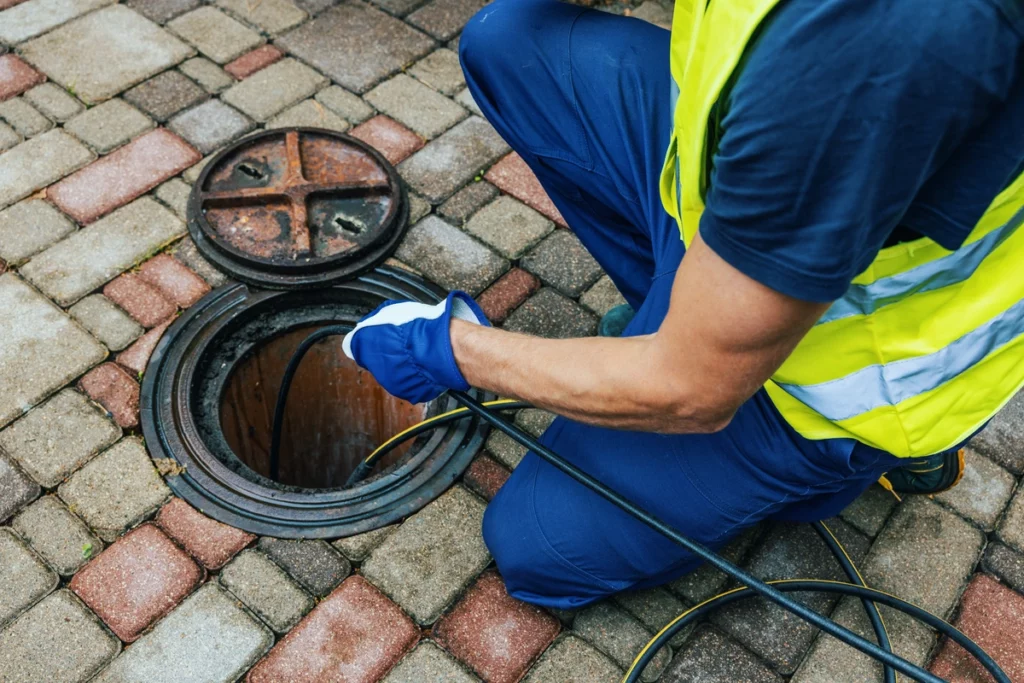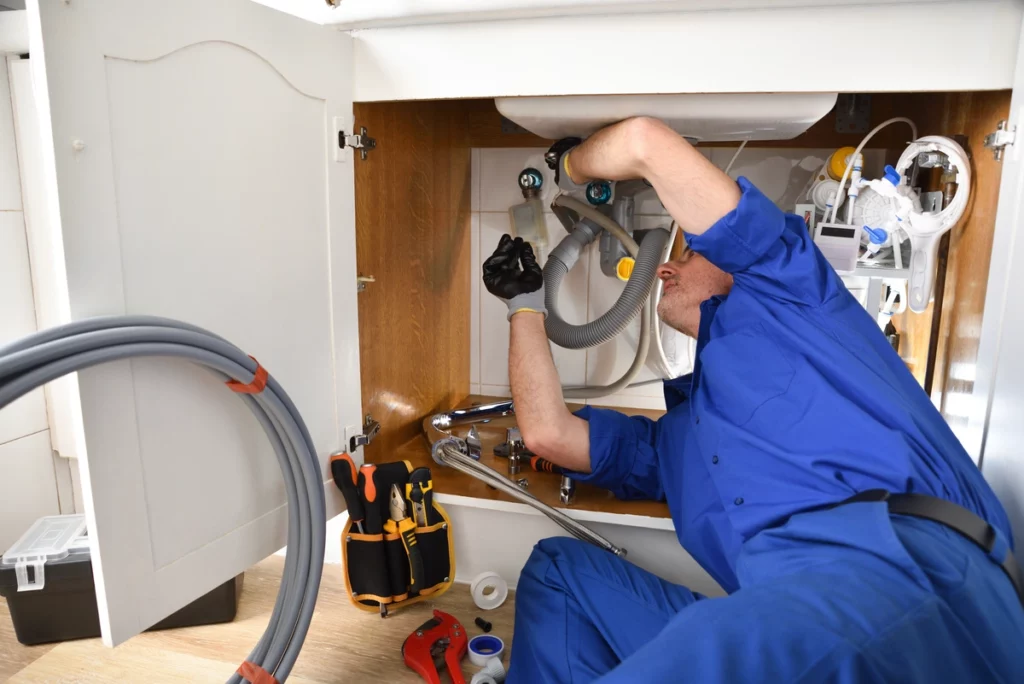Thinking about giving DIY plumbing a try?
Homeowners can get a great sense of pride when they DIY stuff around the house. Of course, you can hang floating shelves, install some new light fixtures, and replace the kitchen cabinets, but DIY plumbing is a whole other game.
We put this guide together to help homeowners with various DIY plumbing tasks around the house. This will help set you up for success and feel good knowing you can tackle small projects around the house yourself. But of course, if you are inexperienced or feel unfit to get the job done—call the pros at AJ Alberts! Here are three key things you should know before you try to DIY.
1. Build a Basic Plumber’s Tool Kit
You will need a few tools for plumbing projects that you won’t find in your everyday toolbox. It may even be worthwhile to get a whole separate box to keep your DIY plumbing tools in. Here’s what you might find in a plumber’s toolbox that can be handy to have around the house.
Adjustable Wrench
Most people probably have an adjustable wrench already, but there are a few things you’ll want to ensure your wrench can do before you start any plumbing project. First, an adjustable wrench should be able to tightly grip around hex nuts so that it doesn’t slip as it’s torqued.
Pipe fittings, supply lines, and various other connections will have hex-shaped nuts and an adjustable wrench for removing or tightening pipes, pipe fittings, etc. You may approach some hard-to-reach spaces, so purchasing a small (6-inch) and a large (10-inch) wrench can help you tackle just about anything.
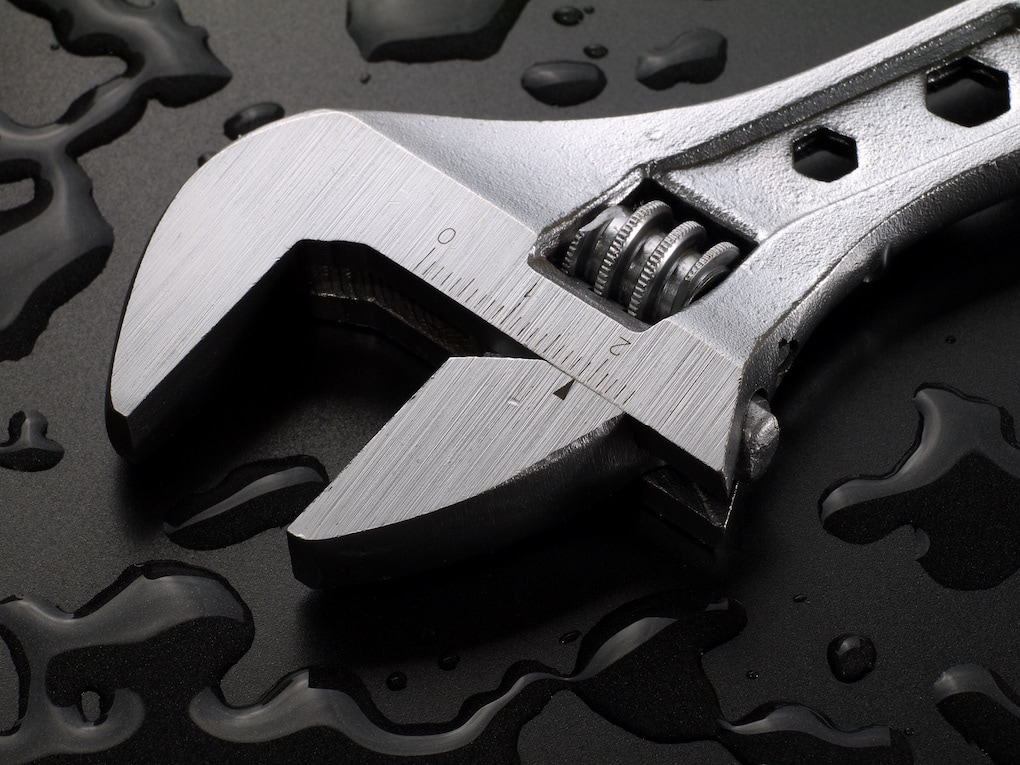
Basin Wrench
A basin wrench is a specialty tool that may not be used super often but is essential if you want to work on your sink. The basin wrench specifically fits behind the narrow space behind the sink to screw your faucets in place. It makes it easy to replace your faucets whenever you want to or tighten them if you notice a leak.
Source: HomeDepot.com
Drain Auger
A drain auger can be either manual (recommended for DIY) or battery-powered, and they are an extra-long snake for unclogging toilets and drains. A hand auger will be your best bet for DIY projects at home with smaller clogs that just need to be busted up to clear the pipes. More significant, more severe clogs caused by roots growing through pipes, etc., should be handled by a professional. It’s essential to be very careful when using a drain auger to not break through any pipes at corner turns. If you feel resistance, don’t force it—call the pros.
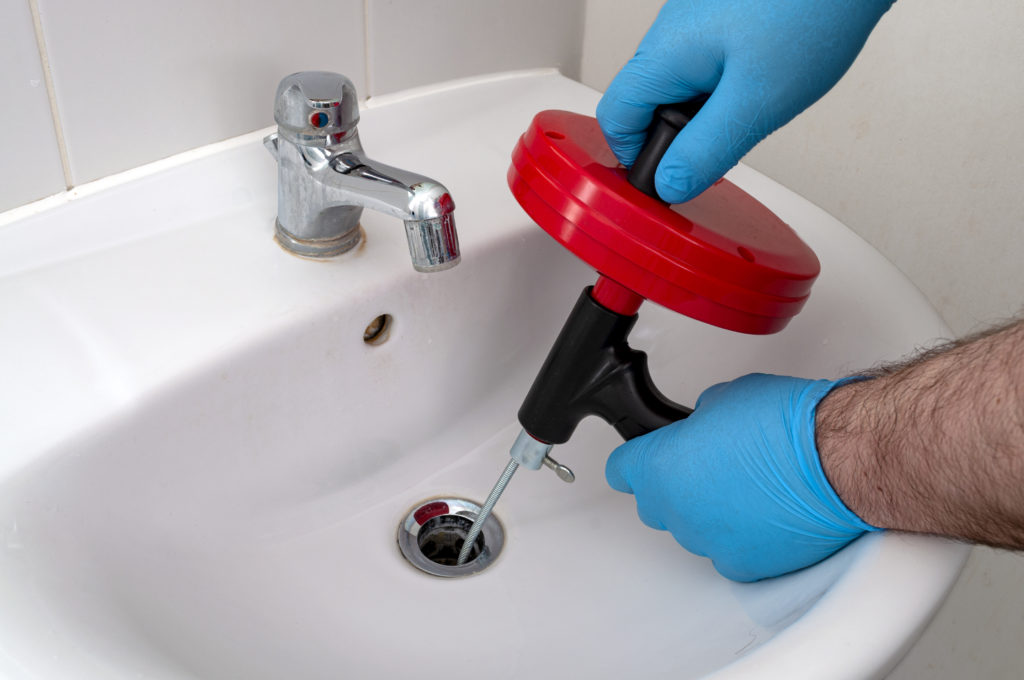
Hacksaw
A hacksaw makes it easy to make quick adjustments to pipes, screws, nuts, bolts, etc. It’s a thin blade held tightly within a small handle. Be sure to wear goggles and safety gloves when using, and keep extra blades on hand as they can be prone to snap or break after time.
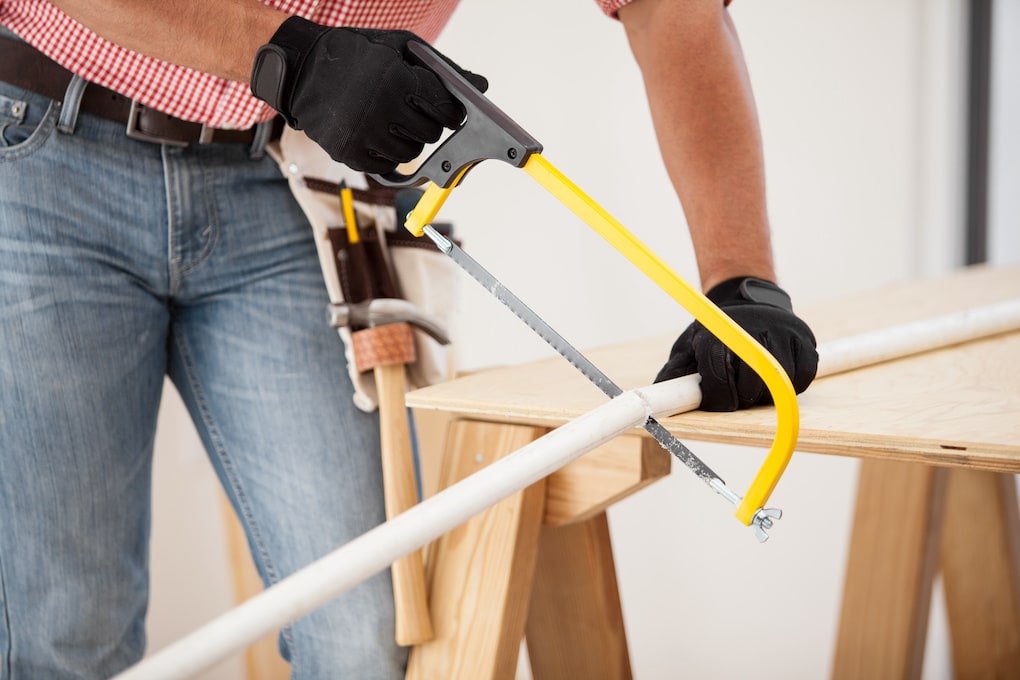
Metal File
A metal file also allows you to make minor adjustments to get a pipe or bolt to fit. A metal file can shave off the littlest bit that you need to get something to seal tightly.
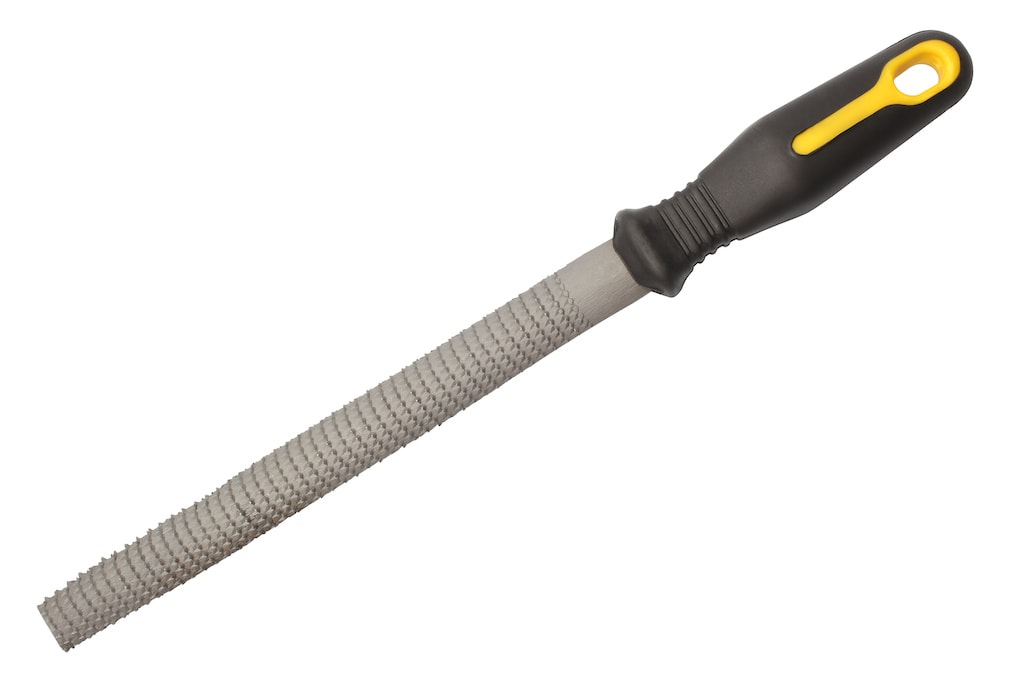
Pipe Cleaners
1/2 or 3/4 inch pipe cleaners are super handy to clean both the inside and outside of the pipes. They work great for minor clogs or just to clean the area after an install.
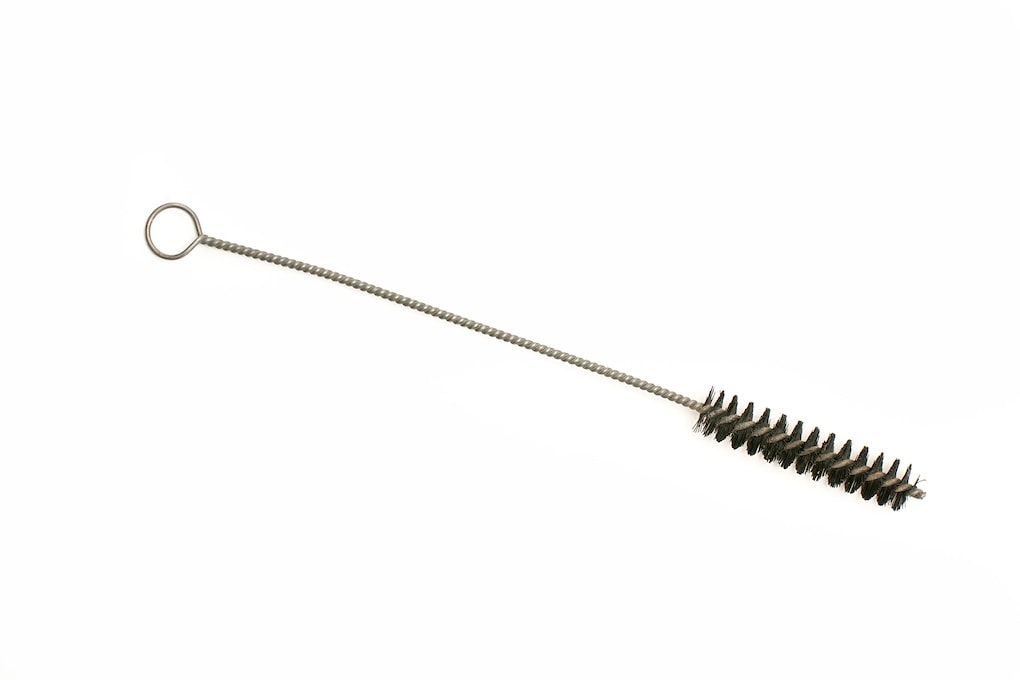
Pipe Wrench
A pipe wrench is slightly different from a standard adjustable wrench as it has serrated teeth that can increase grip on pipes, fittings, nuts, and more. If you need more grip or want to avoid scratching the surface, you can always wrap the wrench jaws in cloth.
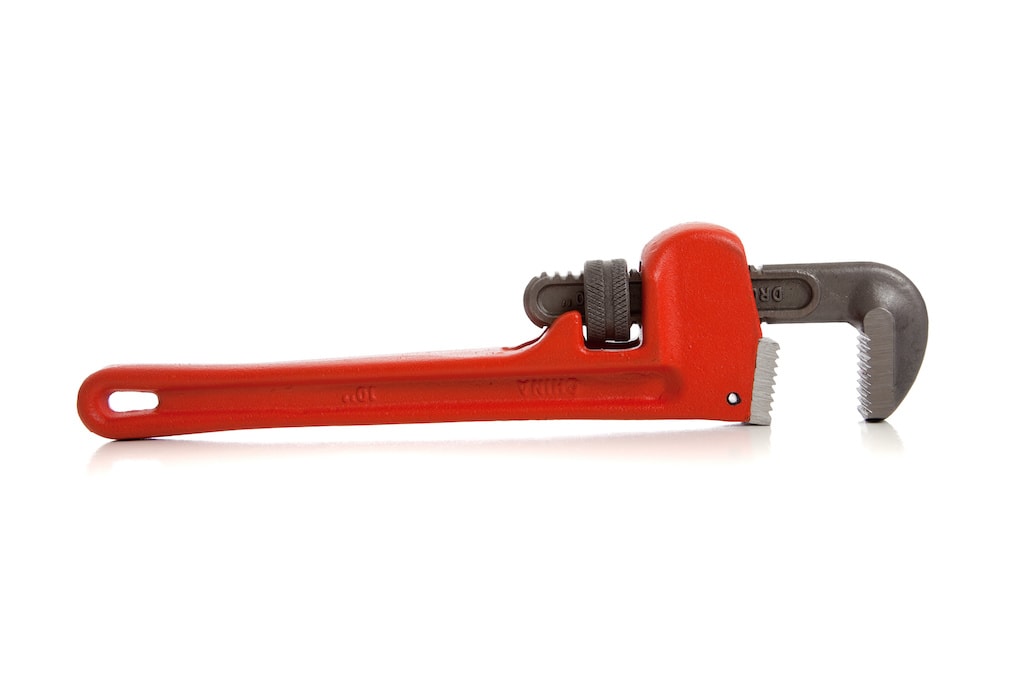
Plunger
Plungers are not a one-size-fits-all anymore. In fact, the old classic red plungers don’t work in most modern toilets now. Instead, you should get a plunger with an extended cup at the end, which goes into the toilet bowl hole to create more suction and get even the toughest clogs. The beehive plunger from Korky works great for most toilet styles.
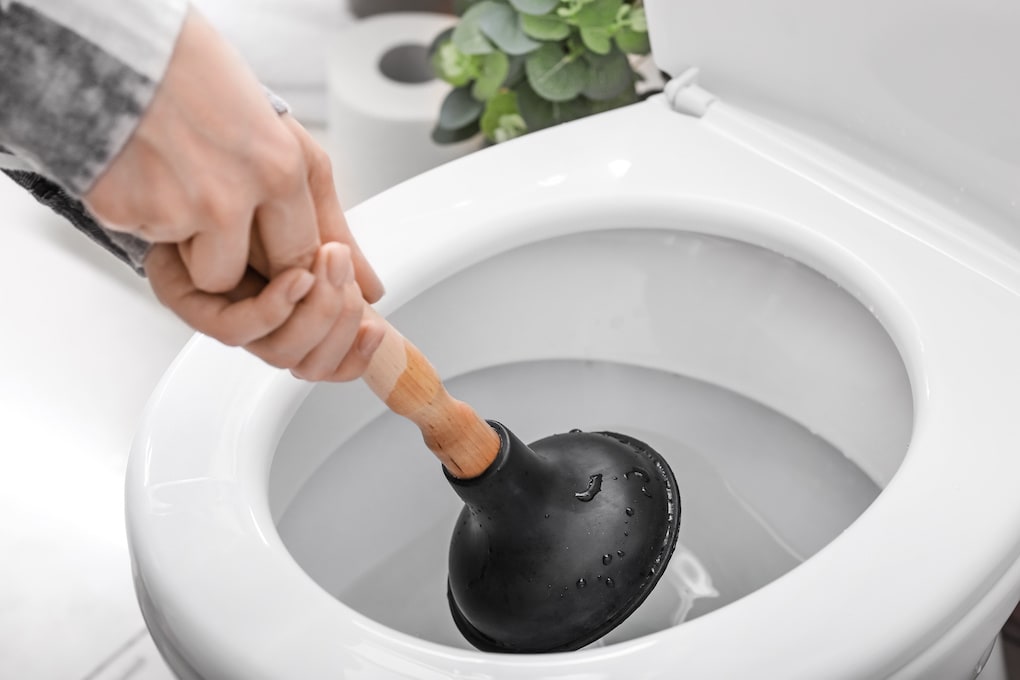
Teflon Plumber’s Tape
Plumber’s tape is a must to keep in your toolbox. Plumber’s tape helps create an even deeper threaded connection. It can be used when replacing showerheads, faucets, and other plumbing pipes. It’s an essential tool to keep on hand for any DIY plumbing projects.
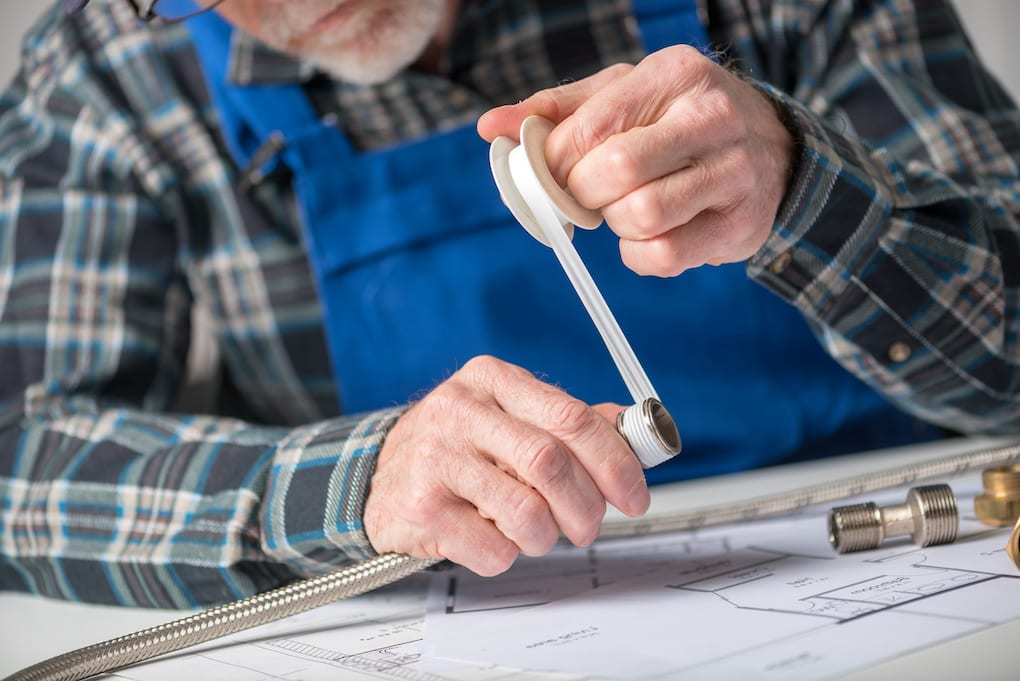
Tongue & Groove Pliers
The tongue & groove pliers are the #1 tool any plumber will use for every single job. These pliers can do it all—hold, grip, twist, tighten, pull, etc. It’s essential to have at least one set of tongue and groove pliers in your tool kit, but various sizes can make it even easier to DIY any plumbing job around the house.
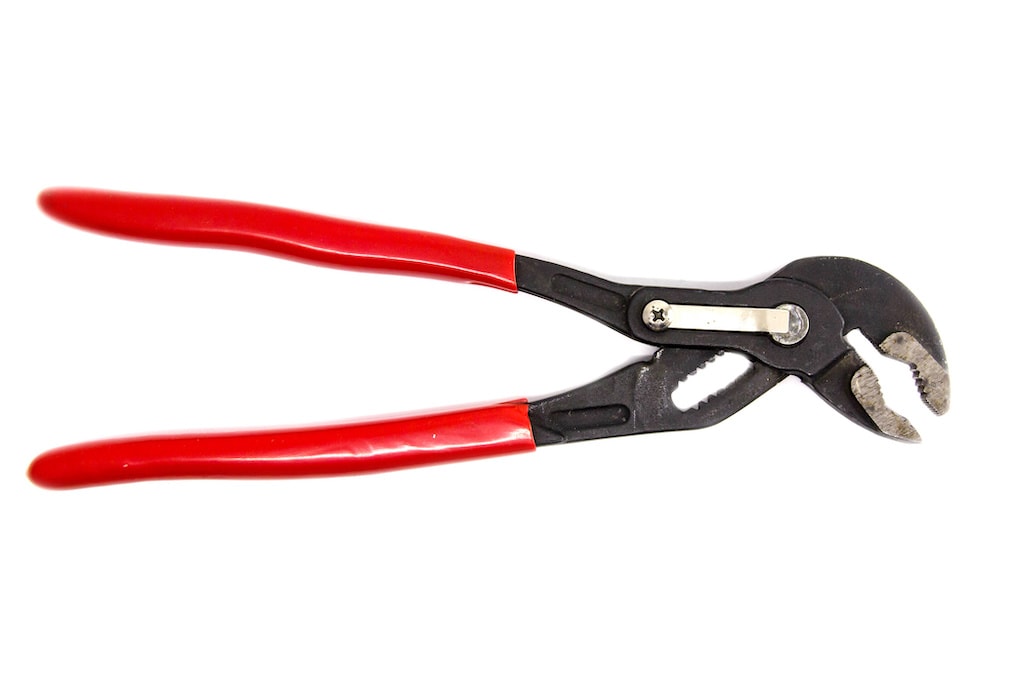
Tubing Cutter
And lastly, a tubing cutter is the easiest and most seamless way to cut copper pipes, making any job go smoothly if you can resize your copper pipes on the fly.
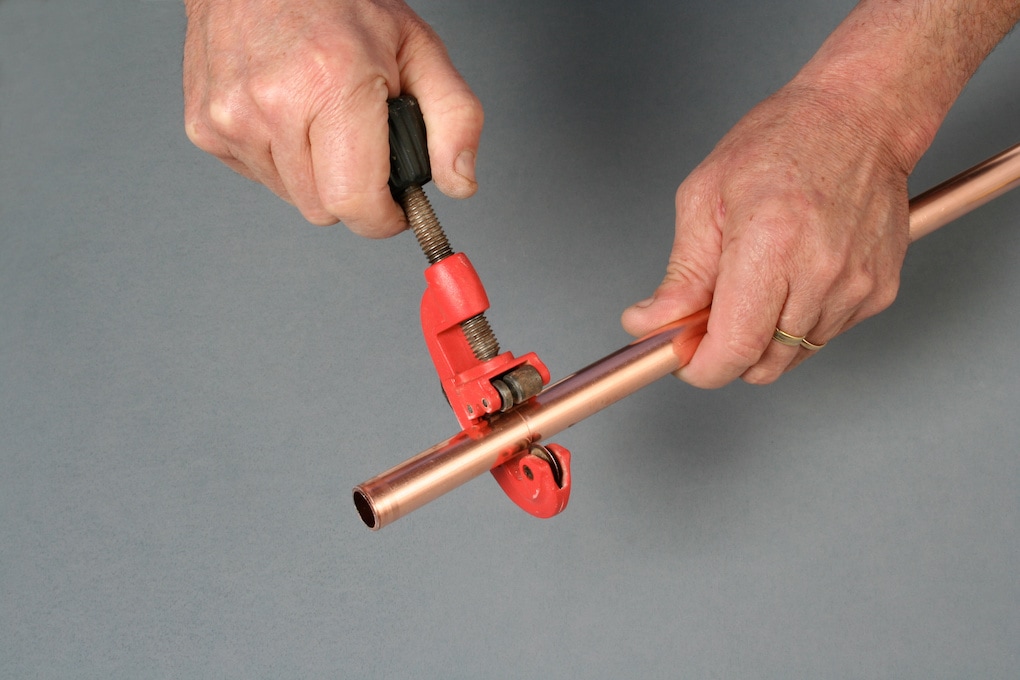
2. Assess Your Home’s Plumbing System
It’s a good idea to know where to find all of the critical parts of your plumbing around the house. For example, the basement can be an overwhelming series of pipes and valves, so you’ll want to navigate the basement and label essential parts before you face a burst pipe or another scenario where you’ll want to know which pipe is the right one.
- Locate your shut-off valves (main, bathroom, etc.) and label them appropriately
- Test your sump pump and ensure it has a backup battery supply
- Look for leaks in your existing pipes when you buy the house, and replace any old or corroded piping.
- Make sure you have appropriately placed drains on the basement floor.
3. Know Critical DIY Plumbing Dos and Don’ts
The first step to DIY plumbing is knowing what you can or cannot handle yourself. Unclogging a drain, replacing your toilet handle, fixing a running toilet, or swapping out your faucets are all reasonably easy DIY projects. For larger-scale things involving water softeners, large clogs, and installing new pipe systems should be referred to a professional plumber.
Do: Have the proper tools to get the job done.
Don’t: Skip steps or jimmy rig your plumbing. That can lead to significant issues down the road.
Do: Read through instructions and follow the manufacturer-specific installation.
Don’t: Think you know best and head into a DIY project without knowing what you’re doing.
Do: Know where and how to shut off your water to your entire house prior to starting a project.
Don’t: Get over your head on a task meant for a professional plumber.
When to Call in the Professionals
When it comes to DIY plumbing, we love it when homeowners can manage their own small projects at home, but the last thing we want is for you to make matters worse by attempting something you’re unprepared for. So when disaster strikes, call the professional team at AJ Alberts. Our plumbers are well-vetted and ready to help you get your plumbing fixed, replaced, or professionally installed.

